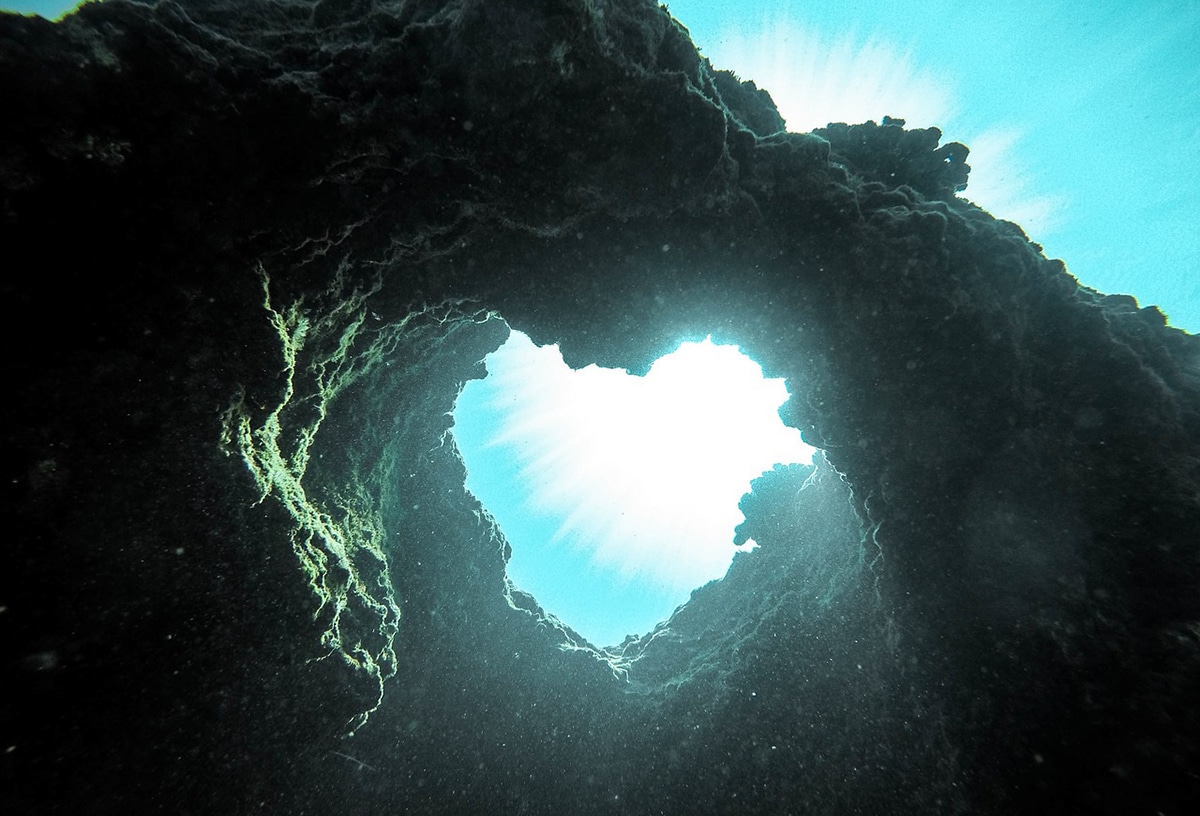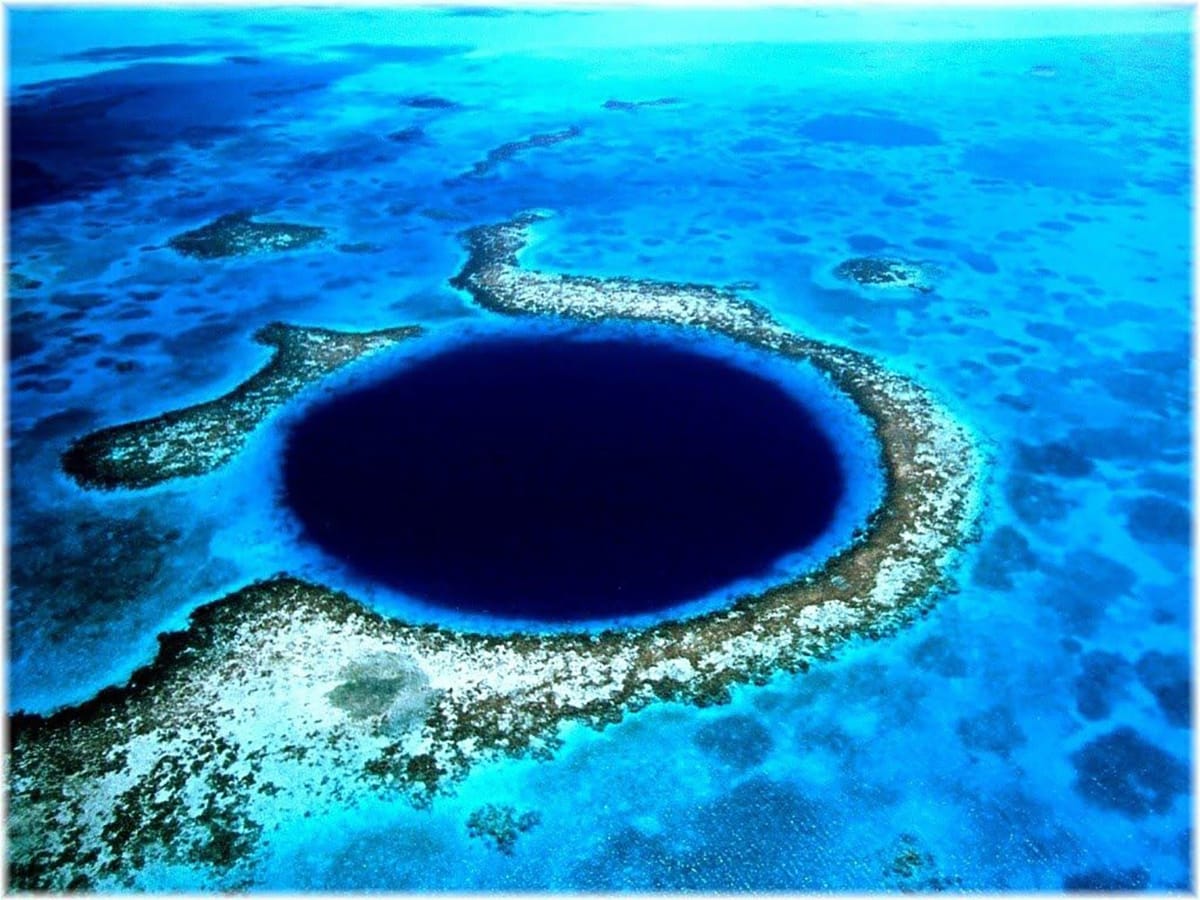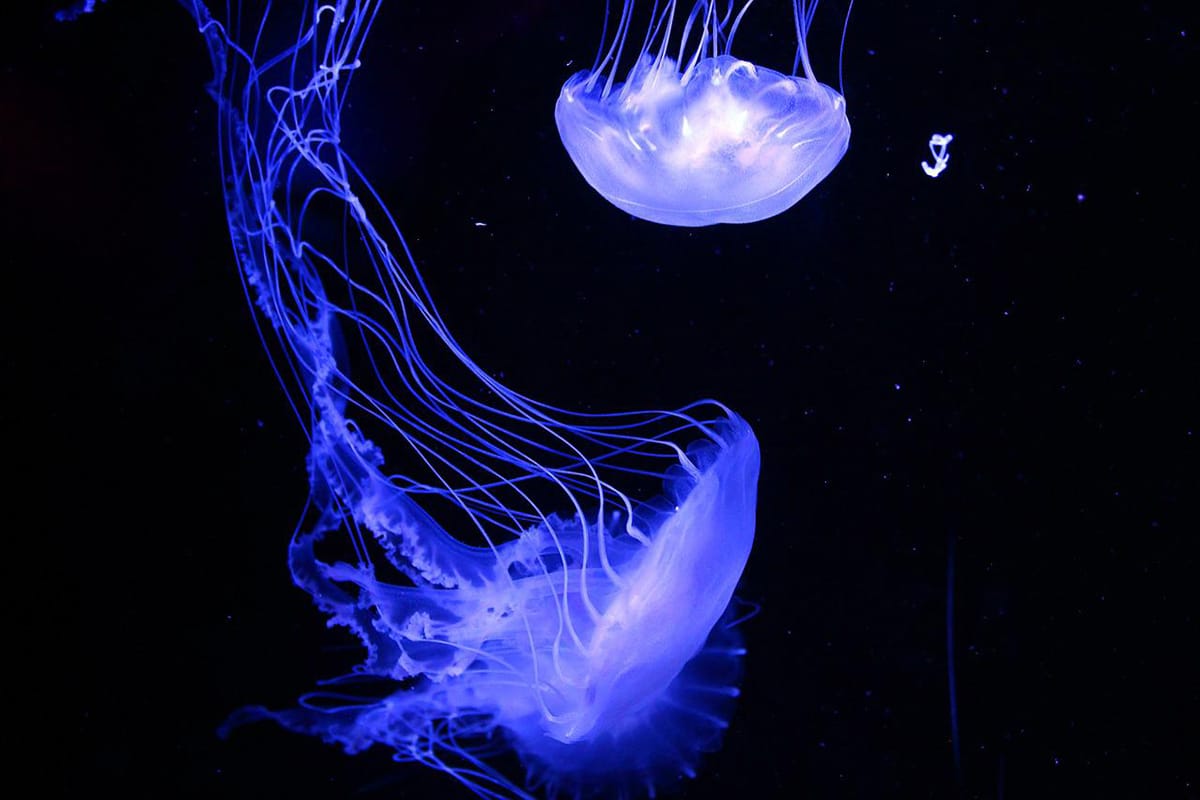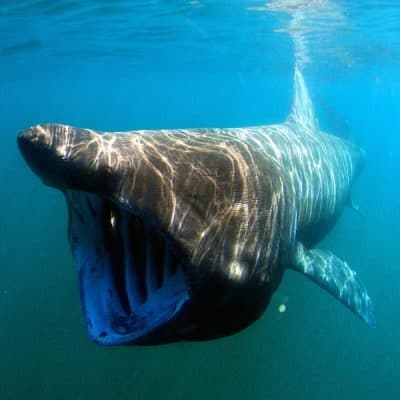
It is very curious to think that human beings have traveled to the moon more times than to the ocean depths of our planet. There is still much to discover and investigate in the marine trenches so unexplored until today. Some of them are more famous than others. Could you tell which is the deepest of all? Well, we will talk about this in this article. if you want to know what is the mariana trench, I recommend that you keep reading.
Apart from explaining what its characteristics are, we will also tell you where it is located and, the most curious thing, what's in the background But don't worry, the conditions that exist so many meters underwater do not give rise to sea monsters, but they do give rise to other very peculiar forms of life.
What and where is the Mariana Trench?

Author: ALAN.JARED.MATIAS
Source: https://commons.wikimedia.org/wiki/File:Mariana_Trench.jpg
Let's start by explaining what the Mariana Trench is. Well, it is a depression in the seabed with a length of 2550 kilometers and a width of 69 kilometers. It stands out for its curious half-moon shape and for being the deepest area of the oceans of this planet.
The maximum depth found in the Mariana Trench is found in a small valley located at its bottom, in the extreme south, which is called Challenger Deep. There you can descend to 11034 meters. To get an idea: The Mount Everest, the highest mountain on Earth, measures 8849 meters. That is, if it were right at that point, its top would still be under water, about two thousand meters away.
Still, The Mariana Trench is not the closest area to the center of the Earth. This is because our planet is not a perfect sphere as we usually think, but it has an oblate spheroid shape. To prove it, we only have to look at the radii of the poles and the equator. The radius is about 25 kilometers higher at the equator than at the poles. As a consequence, some areas of the seabed belonging to the Arctic Ocean are closer to the center of the Earth than Challenger Deep, located in the Pacific Ocean.
It should be noted that at the bottom of the Mariana Trench, all the water that is above it exerts a pressure of no more and no less than 1086 bar. To get an idea: It is more than a thousand times atmospheric pressure habitual. Due to this pressure, the water increases its density by 4,96% and the temperature there is between one and four degrees Celsius.
Location
Now that we know what the Mariana Trench is, let's discuss where we can find it. As we have already mentioned above, It is found in the western Pacific Ocean approximately 200 kilometers east of the Mariana Islands, hence the trench's name. Politically, they belong to the United States.
Needless to say, the Mariana Trench it is considered a national monument of the United States since 2009. Various researchers from the Scripps Oceanography Center have been exploring that area for years. There they have found specimens belonging to Xenophyophorea, which are basically unicellular organisms that are found and develop at 10600 meters underwater. In addition, data has been collected indicating that there are other forms of life down there, specifically microorganisms. Besides, you can also find phosphorescent fish. Next we will talk a little more about what is in those depths.
What is at the bottom of the Mariana Trench?

Up to three times the human being has managed to reach almost to the bottom of the Mariana Trench. The first time was in 1960, when Aguste Piccard and Don Walsh reached a depth of 10911 meters in Challenger Deep. In 2012, the famous filmmaker James Cameron almost equaled his predecessors, reaching 10908 meters.
However, the record was broken by Victor Vescovo, who reached a depth of 10928 meters. He himself explained in an interview that it was quite disappointing to get that far down and find so much human contamination. Up to that point we get plastics that we throw into the sea. However, in that deep and dark place you can also find other very curious things.
Living beings in the deepest sea trench on the planet
There are few living beings that can survive in an environment with such extreme conditions, as in Challenger's Deep, but they do exist. It was in 2011 when it was discovered that beings similar to sea sponges and other marine animals live at the bottom of the Mariana Trench: The xenophyophores.
Although it is true that they bear a certain similarity to other living beings, they are actually microorganisms that are organized into pseudostructures. What does this mean? Basically it is a type of structure or form that seems simple at first glance but turns out to be very complex. the xenophyophores they are specialized in living and developing in conditions that may seem impossible, at least for us. Precisely because of their high specialization, they cannot survive outside their habitat, which is why it is a very complicated task to study them more thoroughly.

Unlike other deep seas, the Mariana Trench appears to be almost deserted. Since there are no regular excursions there either, chances are that simply no one has come across marine animals in that area yet. According to investigations carried out in other marine abysses, it is most likely that deep sea animals also inhabit this area. These usually have a gelatinous tissue and little consists that comes to disintegrate or melt when the temperature and pressure are not those of their marine trench.
It is quite probable that in the Mariana Trench they inhabit some species of cephalopods, such as giant squids, and higher up other much more diverse and peculiar beings. Among them are sure to be bright hydra and jellyfish, sucker squid, toothy and blind fish, very extravagant sea cucumbers, etc.
As you can see, down there there is a whole world to discover. As technology and science advance, new ways are being found to carry out such complicated investigations. But to find out everything that the deep sea holds, we still have a few years.